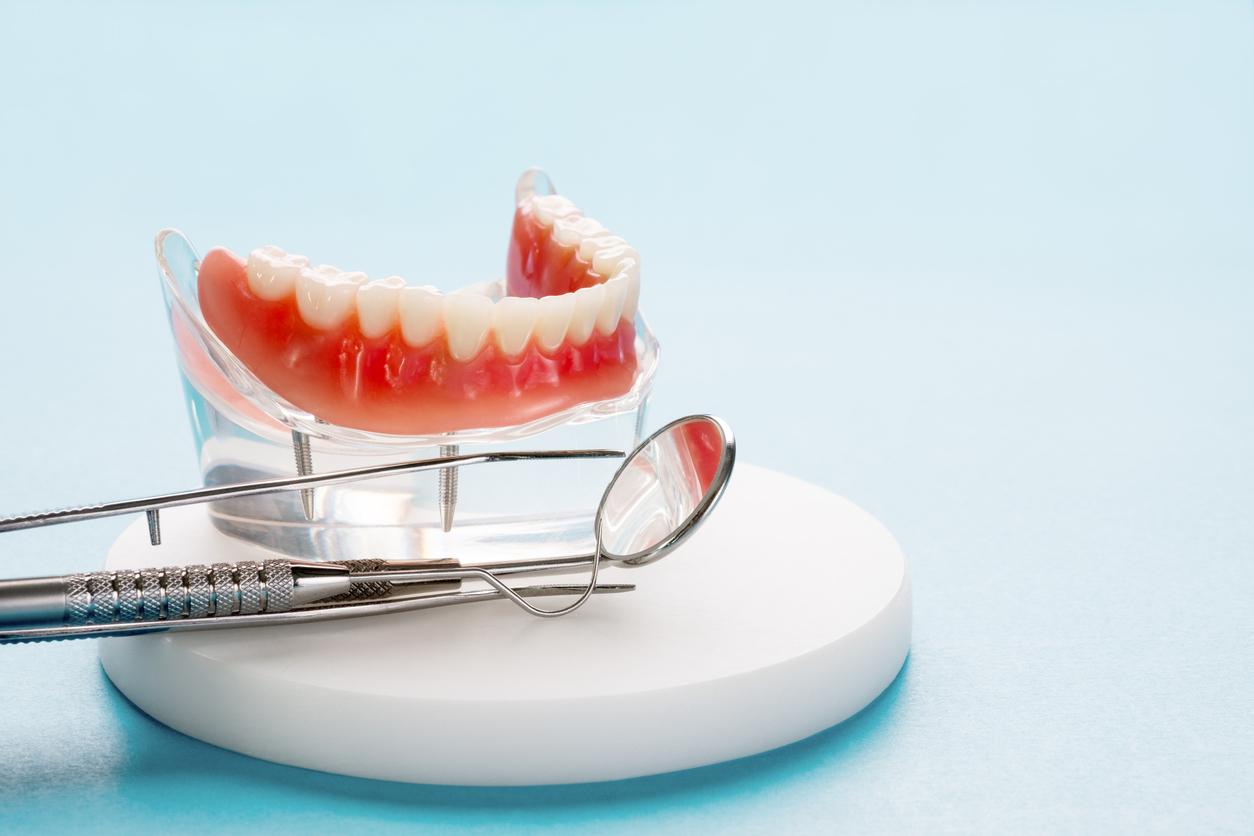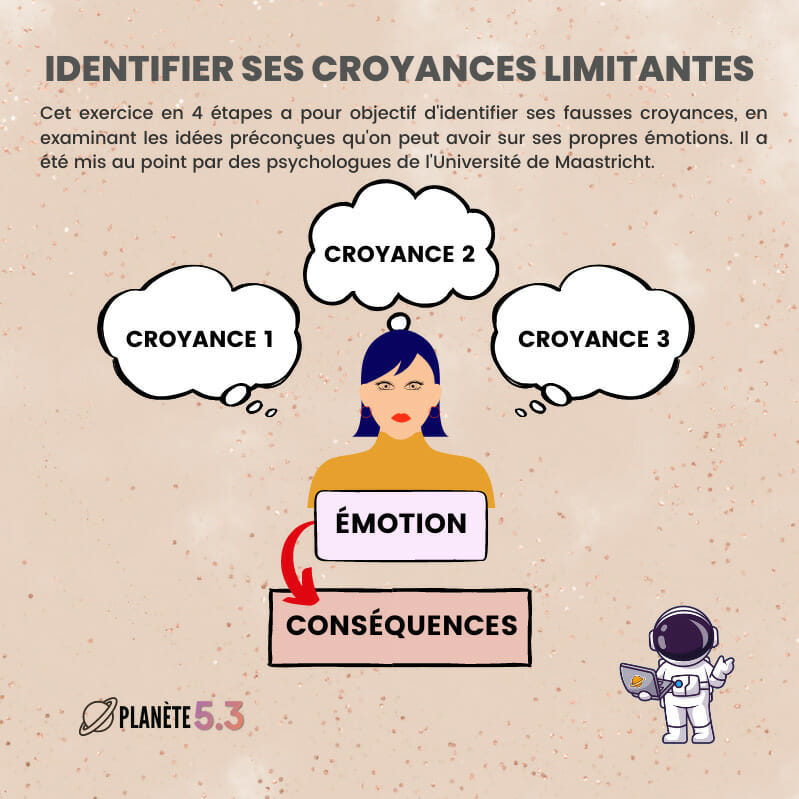
Prevent serious complications
Cough, cough, cough. You’ve been ailing for weeks and that irritating cold just doesn’t seem to go away. You will be exhausted in the morning after taking a shower. Everything hurts, and then that filthy mucus you cough up… If this picture fits you, it might be better to consult your doctor. You must treat any pneumonia in time!
Pneumonia – or pneumonia – is an inflammation of the smaller airways (bronchioles) and the alveoli. Pneumonia usually develops after infection with a bacteria or virus, often as a result of an infection cold or flu.
Treatment necessary
Pneumonia is accompanied by a lot of coughing, phlegm, high fever, shortness of breath and a feeling of general malaise. If your immune system is not able to adequately fight this inflammation, treatment is necessary.
The trachea divides into two airways (main bronchi), which branch into smaller and smaller bronchi. The smallest bronchi – the bronchioles – are about one millimeter in diameter; they end in a kind of bunches of grapes (the so-called alveoli or alveoli). In total, the alveoli have a surface area of about seventy to one hundred square meters. That’s almost the size of half a tennis court.
In the alveoli gas exchange takes place between breathing air and blood: oxygen is absorbed and carbon dioxide is released. When your blood contains too little oxygen, your body cells cannot do their job properly. In this video you can see how it works. In a severe case of oxygen deficiency, unpleasant complications can occur, such as unconsciousness, respiratory arrest and cardiac arrest.
Pneumonia Symptoms
In pneumonia, the alveoli fill with pus and other fluids, making it difficult to absorb oxygen. You become short of breath and your heart and lungs have to work extra hard to maintain the oxygen level in your blood circulation. Pneumonia is accompanied by a number of specific symptoms:
- Much coughing and phlegm, often yellow or green, sometimes with blood.
- Fever.
- Shortness of breath, rapid shallow breathing.
- Pain with (deep) breathing.
- General malaise: fatigue, clammy/sweating, muscle aches, loss of appetite, headache.
- Cyanosis: blue lips and/or face and fingers (under nails).
In children with pneumonia, nostril breathing is especially striking. This involves spreading the nostrils apart during inhalation, in an attempt to get more oxygen into the lungs. The child coughs a lot, has a fever and a stuffy nose, and complains of a sore throat, earache and stomachache. Furthermore, the child is inactive and prefers to lie flat.
Cause of pneumonia
Known causes of pneumonia are: the throat bacterium Streptococcus pneumoniae (pneumococcus), the skin bacterium Staphylococcus aureus, viruses (influenza), other micro-organisms, fungi and yeasts. Pneumonia is not an isolated disease, but often the result of a cold or the flu.
In healthy people, the cilia in the airways carry away any pathogens with the mucus. If this is done insufficiently, the pathogens reach the lower respiratory tract. This lung tissue is warm and moist and an ideal environment for bacteria and fungi, for example.
When the pathogens spread to the bronchioles and alveoli, your immune system reacts with a violent inflammatory response. You get a fever, you start to cough, you give up a lot of mucus, you are short of breath and you feel very ill. When your body is not sufficiently able to fight the pathogens, support with drugs is necessary. If action is not taken in time, a dangerous situation can arise: severe pneumonia, which in extreme cases can even lead to death.
Risk group
If your resistance is lowered, you are at greater risk of contracting pneumonia and you should be extra vigilant for any symptoms. This applies especially to people from the so-called risk group: children, the elderly, diabetes patients, patients with heart and circulation problems, patients with chronic obstructive pulmonary disease (COPD, such as asthma, emphysema, etc.), the chronically ill, et cetera. Pneumonia then develops as a concomitant disease to another condition.
If you suspect you have pneumonia, a visit to your doctor is recommended. Especially if you belong to the risk group, you should not wait too long. A so-called ‘neglected pneumonia’ can cause serious complications. In an advanced stage, a lung abscess can develop (encapsulated inflammation), an empyema (pus in the lungs) or a septic shock (bacteria in the bloodstream).
Therapy
Fortunately, in most cases pneumonia can be treated well with antibiotics, for example amoxicillin, doxycycline or erythromycin. By inhibiting the growth of the pathogens, your body can recover and heal.
You can take a general painkiller for the fever and pain. In case of fever and perspiration, make sure you drink enough! You can further support the healing process by eating enough protein and vitamins and taking rest. After a week to fourteen days, the complaints should be over.
You will be admitted to hospital if you have severe pneumonia and/or complications. Medicines can be administered effectively by means of an IV, possibly with the administration of extra oxygen via a nasogastric tube or mask.













